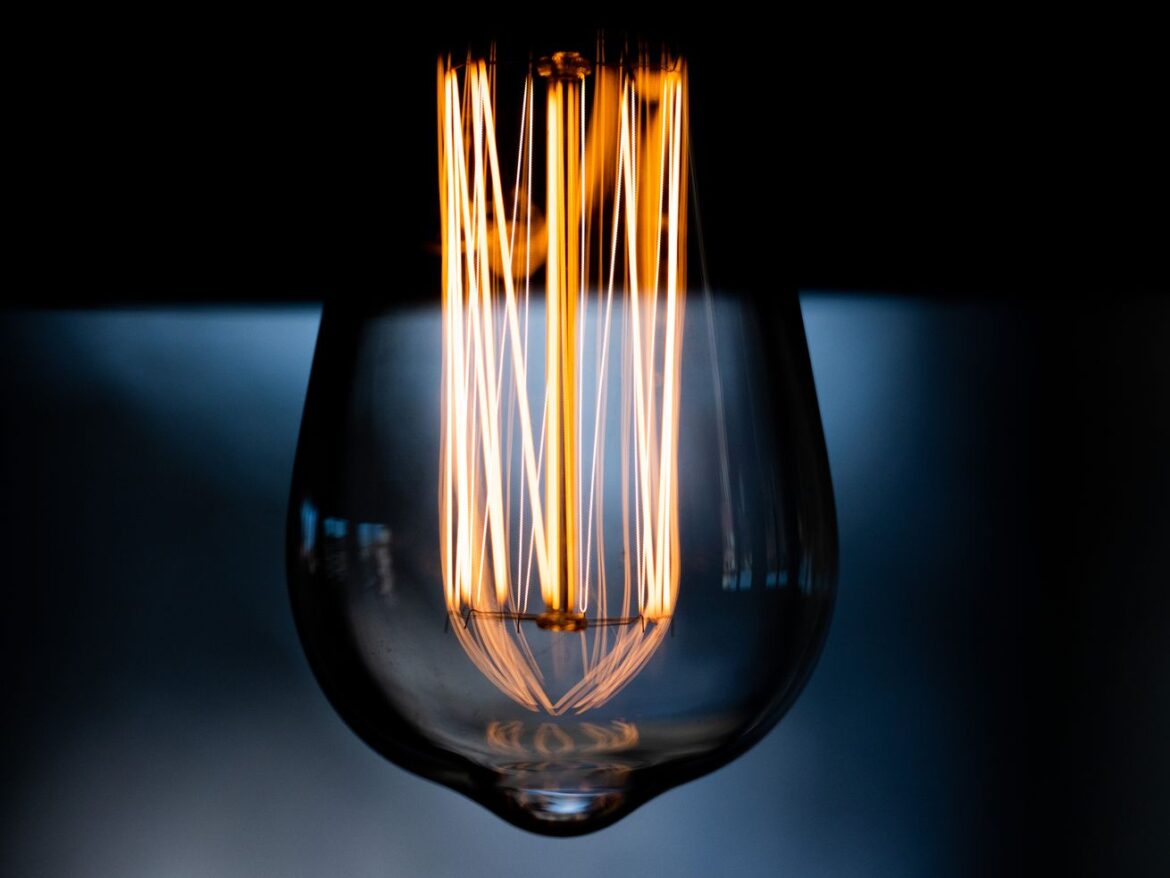No, incandescent lightbulbs aren’t banned.
Last week, a series of flashy headlines announced the start of a “ban” on incandescent light bulbs — the classic round bulbs you most likely imagine floating above someone’s head when they have a brilliant idea. These pieces offered advice on how to prepare, outlined exceptions, and pointed out how the change would save money and the environment.
Yet, for all the useful and accurate information out there, most of these stories got one essential fact wrong, the experts Vox spoke to agreed.
“It’s not a ban,” Mark Lien, an industry relations consultant for the nonprofit Illuminating Engineering Society, and Andrew deLaski, the executive director of the advocacy organization Appliance Standards Awareness Project, told Vox in separate conversations. Both went on to describe the incandescent lightbulb-limiting guidelines as an “efficiency standard.”
The roots of the modern incandescent bulb can be traced back to the 1800s and, by the 1920s, most American homes in urban areas were illuminated with them. But, given incandescents emit light by heating a wire filament until it glows, the average bulb converts around 90 percent of the electricity it consumes into heat, not light — meaning they’re not very efficient.
In contrast, light-emitting diodes (LEDs) use the electricity fueling them more efficiently. This type of lighting uses a microchip and was first developed in the 1960s. It wasn’t until 1994, however, that Nobel Physics honorees Isamu Akasaki, Hiroshi Amano, and Shuji Nakamura developed a bright blue LED light, which would pave the way for further developments in the space. Today, LEDs exist in a range of colors and brightness levels.
The standard now requires light bulbs to emit at least 45 lumens (a measure of brightness) per watt. An average LED light emits at least 75 lumens per watt, while incandescent bulbs only emit 12 to 18 lumens per watt while using more energy. Switching from the classic incandescent to the new-age LEDs may sound like a big change, but, at the end of the day, most consumers probably didn’t notice anything different when the efficiency standard went into effect earlier this month.
“Most major retailers stopped selling incandescent light bulbs earlier this year,” said deLaski. “Most people didn’t notice, but you really haven’t seen incandescent light bulbs on most store shelves for a long time.”
The history of the standard
In 2007, Congress enacted — with President George W. Bush’s signature — the Energy Independence and Security Act, which mandated the phaseout of inefficient bulbs in two stages.
The first stage, between 2012 and 2014, required freshly sold bulbs to be about 25 percent more efficient than the market standard at the time. That first year, the 100-watt incandescent bulb had to be taken off the market (businesses were allowed to sell any remaining inventory but could not buy and sell the bulbs from manufacturers). In 2013, the efficiency regulations booted out the 75-watt incandescent bulb, and by 2014, 40- and 60-watt bulbs were also out, leaving LEDs, and the less popular 43, 72, and 150-watt incandescent bulbs.
“It just happens that the really inefficient lamps can’t meet the efficiency requirements, but they never banned incandescence,” said Lien, who as the director of government-industry relations for lighting manufacturer Osram and a member of the National Electrical Manufacturers Association helped develop the future energy efficiency benchmarks in 2015.
The Department of Energy planned to release the final efficiency standard by the start of 2017. While the department couldn’t do so for bureaucratic reasons, the interim “backstop” standard required that all bulbs had to emit at least 45 lumens per watt, said deLaski. The Trump administration blocked this backstop from taking effect, hence delays in the final phaseout.
However, in April 2022, President Biden’s Department of Energy reinstated the guidelines, saying the backstop was valid. It took a little over a year to push out the final (and current) efficiency standard where any manufactured and sold bulbs must have at least 45 lumens per watt. Since businesses knew since last April the standard would go into effect, they had months to sell off any inventory that did not meet these guidelines.
A misconception about this regulation and its history is that it was always aimed at cutting incandescents out of the market. In 2007, when the guidelines were first made, there was hope that incandescents, fluorescents, and LEDs could reach and exceed the future efficiency standard, said deLaski.
“The standard was set at a level that any of those three technologies could have met it,” deLaski added. As a result, manufacturers invested in all three technologies in what deLaski called a “technological foot race” to create the most efficient bulbs. In the mid-2010s, it became clear that LEDs were far better than their counterparts, he said.
“[Efficiency standards] drive innovation. This is a great story about innovation here that’s kind of been untold,” said deLaski. “When Congress set that standard back in 2007 … it unleashed a wave of investments and innovation on the part of manufacturers to develop that low-cost, high-quality LED that we have on the shelves today.”
What the standard does and does not do
Consumers don’t need to rush to the store to replace any incandescent bulbs currently in use in their homes. The standard only applies to the sale (not use) of bulbs, and there are some notable exceptions (although President Biden did expand the scope of the regulation to include more light sources).
Types of incandescent lights excluded from the standard include but are not limited to appliance lamps, black lights, bug lamps, infrared lamps, plant lights, flood lights, reflector lamps, and traffic signals.
Overall, the standard is set to save consumers $3 billion on utility bills annually and cut 222 million metric tons of carbon emissions over the next three decades.
Still, some people aren’t happy about the standard. Consumers’ concerns stem from two places, said Lien. There are those that dislike LEDs because “it’s change,” and those who hold a “stigma” against the lights because of the low quality of early models, he said.
“LED, it’s turning into a wonderful general light source, it’s evolving to that point, but there are still things that it’s not capable of doing well,” said Lien. For example, while LEDs perform well in cool environments, they don’t perform well in heat, so they can’t be used as oven lights.
Misconceptions and fallacies about LED’s propensity to flicker and the unsubstantiated claims that they can be harmful prosper in some circles. “There are still a few people that are just absolutely opposed to LEDs,” said Lien. “And they have some misconceptions about how LEDs give off a tremendous amount of blue light at night that hurts people. Those stories get a lot of attention, but they’re not accurate.”
These LED haters would appear to be in the minority. While some manufacturers may take issue with the efficiency standard, Lien says at the time the 45-lumen watt standard was set years ago, there was consensus among the major players that this was an achievable benchmark.
“I think what’s been misunderstood somewhat is that LEDs were winning in the marketplace, even before this standard took effect,” said deLaski. “And that’s because consumers liked them. They prefer them because they save them money, they provide the same or better light as the bulbs they replace, and they last 10 to 25 times longer.”



